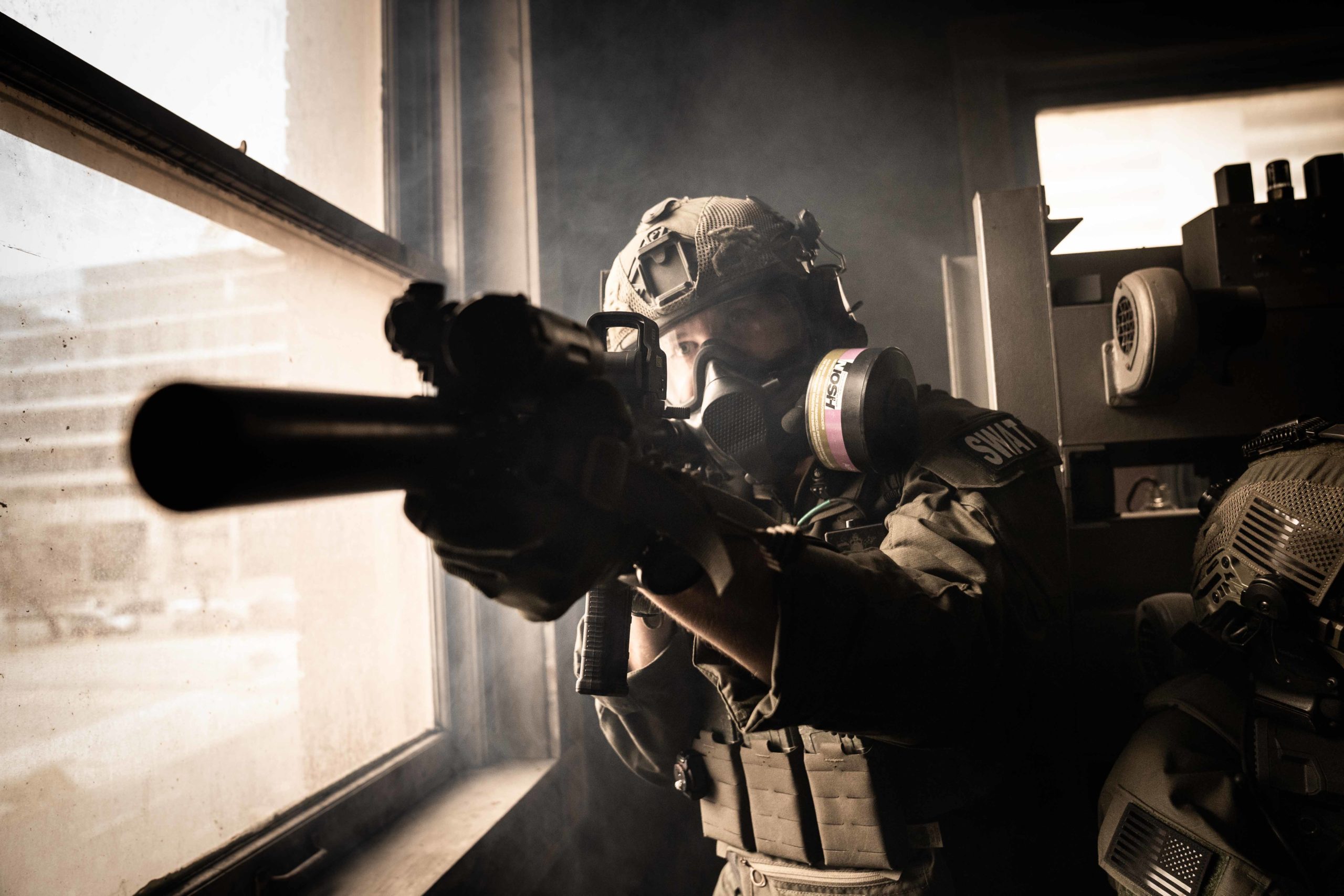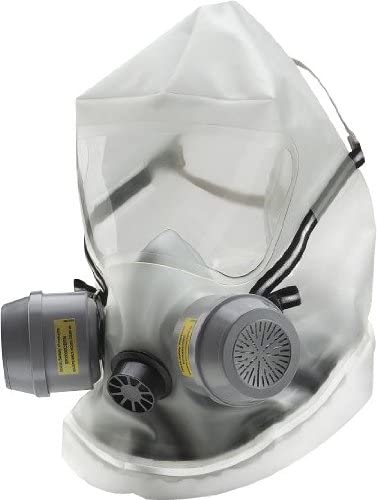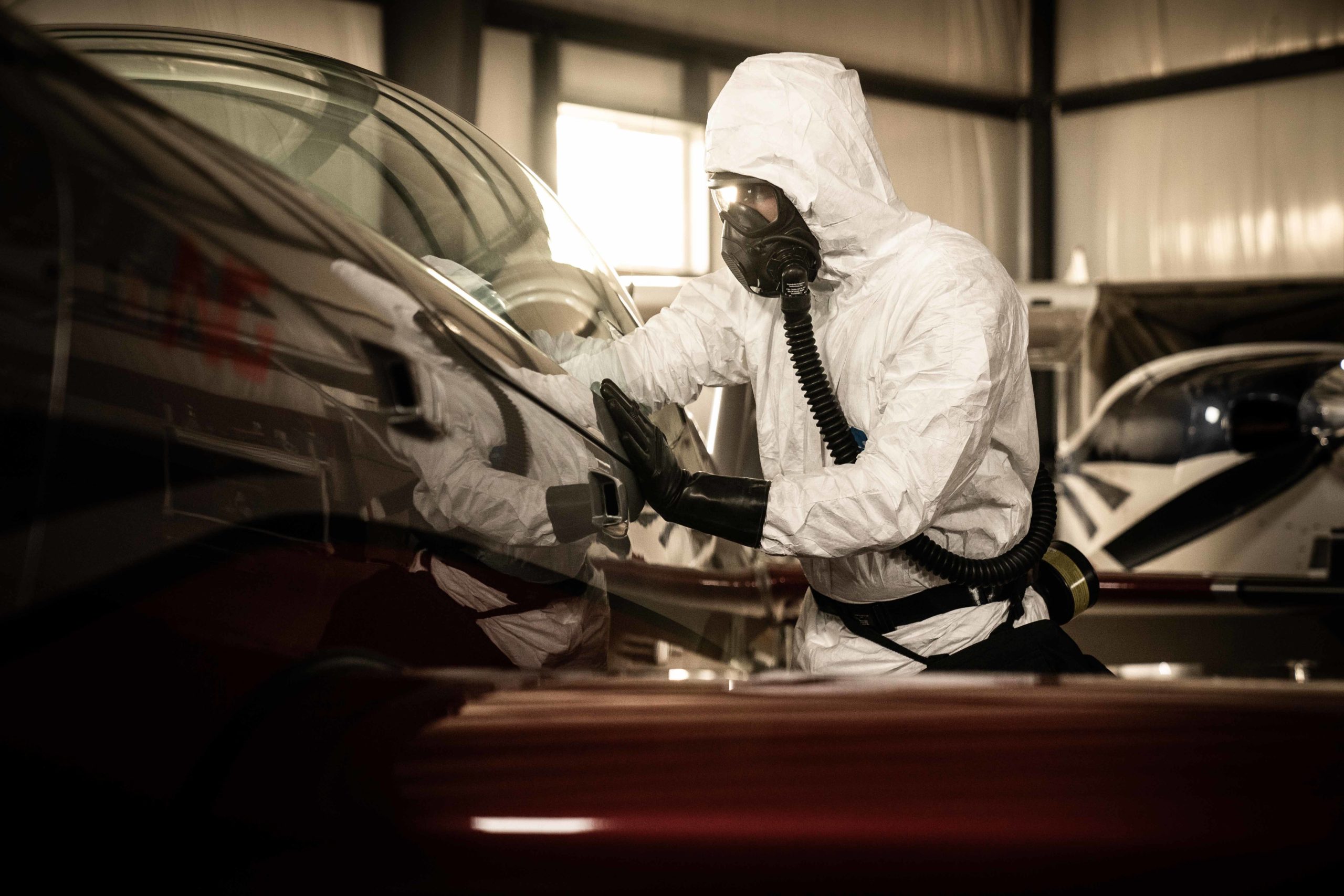There are a variety of respirators/masks on the market. But which one is the right one for you? Today I’m going to cover half-masks and full-face gas masks/respirators and why you’d pick one over the other. Do you need a full-face gas mask when you’re doing construction (probably not)? Will a half-mask protect you from chemical warfare (I’m going to ruin this one early, too, no)? In this blog, I’ll discuss the various options and what level of protection they can provide you, so keep reading!

Half Masks
What’s a half mask, and what are the advantages of partial protection. Well, benefits depend on your specific needs. For instance, if you’re anticipating a nuclear war, a half mask isn’t going to do you much good. Even though a half mask is considerably cheaper, it doesn’t protect against things like radiological warfare. A half-mask won’t stop anything that can seep in through the sensitive membranes of your eyes because they only cover your nose and mouth.
However, if you need to ward off different particles that are only spread through breathing in air, then a half mask will be just fine. For instance, a half-mask, depending on what your filter is rated for, could be suitable for filtering out asbestos, spraying insulation, construction, etc. It’s much cheaper than buying a full-face gas mask when you’re only trying to protect yourself from a bit of dust while cleaning out granny’s basement.
Particulate Respirators/Masks
There’s a reason particulate respirators or masks are cheaper, and that’s because they only filter particulates.
Note: Please be careful if you’re buying some of these masks listed below, particularly N-95 masks. There are plenty of fake companies coming out and pretending to manufacture N-95 masks since they are in such high demand.
P-100
What are particulates? Particulates are airborne particles, such as infectious agents. If your mask is rated P-100, then it is rated to filter out 99.97% of all airborne particles and is oil-proof.
Contrary to its name, it does not filter out 100% of all particles. It also doesn’t protect your eyes from those harmful particles. So while it is the highest rating given by NIOSH, it definitely won’t protect you against vapors or CBRN agents.
R-99
You probably don’t hear about this one too often, but R-99 is an oil-resistant mask and filters out 99% of airborne particles. Notice, this is different than P-100, which is oil-proof.
Resistant means it’s effective until a certain point, and then the resistance part is useless and will start absorbing those oils. Think of it like a water-resistant watch. You can take the watch into the water if you’d like. However, there’s usually a note that says something such as “water-resistant up to 100 meters.” This means, once you reach 101 meters, your watch is no longer resistant to the damages caused by water, and your watch could get ruined. The same concept applies to the R-99, it is only resistant up to a certain point, and once that point is passed, your mask could get damaged and become ineffective.
N-95
The difference between the N-95 and P-100/R-99 masks is that N-95 only filters out 95% of particles, and it’s not oil-proof or even resistant to oils. While the N-95 mask is also a NIOSH rating, it is NIOSH’s base level.
Advantages of a Half-Mask
- Inexpensive
- Typically more comfortable than full-coverage masks
Disadvantages of a Half-Mask
- Doesn’t protect against chemicals and vapors
- Doesn’t cover the eyes
Full-Face Masks

There are a variety of full-face masks on the market. There are respirator masks that work with a tank so you can breathe in clean oxygen during a fire. There are full-face masks that filter air against CBRN or NBC agents. Some masks blow clean air into your mask, basically a gas mask, but making it easier to breathe. Then there are time-based masks, masks that act as temporary/immediate protection, and some masks that can be worn for an entire day before changing out the filters (depending on the filter capacity and concentration of contamination). And no matter which type of face mask you select, they should all do one thing, give you clean air so you can breathe safely.
CBRN/NBC Gas Masks
CBRN, used by our military, and NBC gas masks, protects against some awful things, chemicals, biological, radiological (not offered with NBC masks), and nuclear agents. These gases, often used by terrorists, can kill or leave you wishing you were dead. These agents are known to induce intense vomiting, nerve pain, welts on the skin, severe headaches, blindness, and the list goes on.

What makes these masks work effectively, along with the filter, is that they create a seal around the entire face, protecting both the lungs and eyes, something a half-mask can’t do. However, the things your CBRN and NBC-rated masks protect against can often cause severe pain and discomfort to the skin. And depending on what the contamination is, it can seep through your skin and kill you too.
If you’re concerned with these types of contaminations, you should invest in something referred to as MOPP gear or PPE (personal protective equipment). These are items that protect any exposed skin. You should have gloves, boots, a suit to cover your clothes, a hood to cover your head, and ward off the painful side effects of some of these agents.

If you’ve served in the military, you had a small taste of what it can feel like without the proper equipment. When I went through the gas chamber, we started in the safety of our masks and suits. With a good seal, I could breathe, no issue. However, there was a moment when the drill instructor tells us, ” Remove the hood of your MOPP gear. Do you feel the stinging/itching around your neck? That’s why you wear your PPE.” And then, of course, he proceeded to make us remove our masks. It felt like an eternity, and breathing was impossible. As we all exited the gas chamber, everyone was coughing and their noses running, a few puked (I’m pretty sure), and we couldn’t see for a bit because our eyes were so watery from the burning.

I tell this (for those of you who never experienced this) because a mask is fine and all, but if you don’t have a proper seal, if you don’t have the PPE to protect your skin, you can still suffer the consequences, and in some cases that consequence is death.
Escape Respirators
The purpose of an escape respirator is to protect you long enough to get out of the contaminated area. However, they won’t last you for very long. They’re only supposed to last long enough for you to escape, hence the name. You probably have somewhere around 15 minutes to an hour before they become ineffective.

Powered Air-Purifying Respirators (PAPR)
PAPRs are much easier to breathe in than the CBRN/NBC masks I mentioned above. This is because they use a fan to blow air into the filter. This is ideal for individuals who might have existing breathing problems. However, it is going to be more expensive, as it’s basically a powered gas mask.

Advantages of a Full-Face Mask
- Protects against the more harmful vapors and chemical
- Is more effective because you can get a seal around your entire face
Disadvantages of a Full-Face Mask
- Typically more expensive
- Can be more uncomfortable for extended wear
Did we miss anything? Do you have further recommendations or advice? Please, comment below. We love hearing from our readers!
Are you looking for more content? Check out some of our other stuff!






Leave a Reply
Your email address will not be published. Required fields are marked *